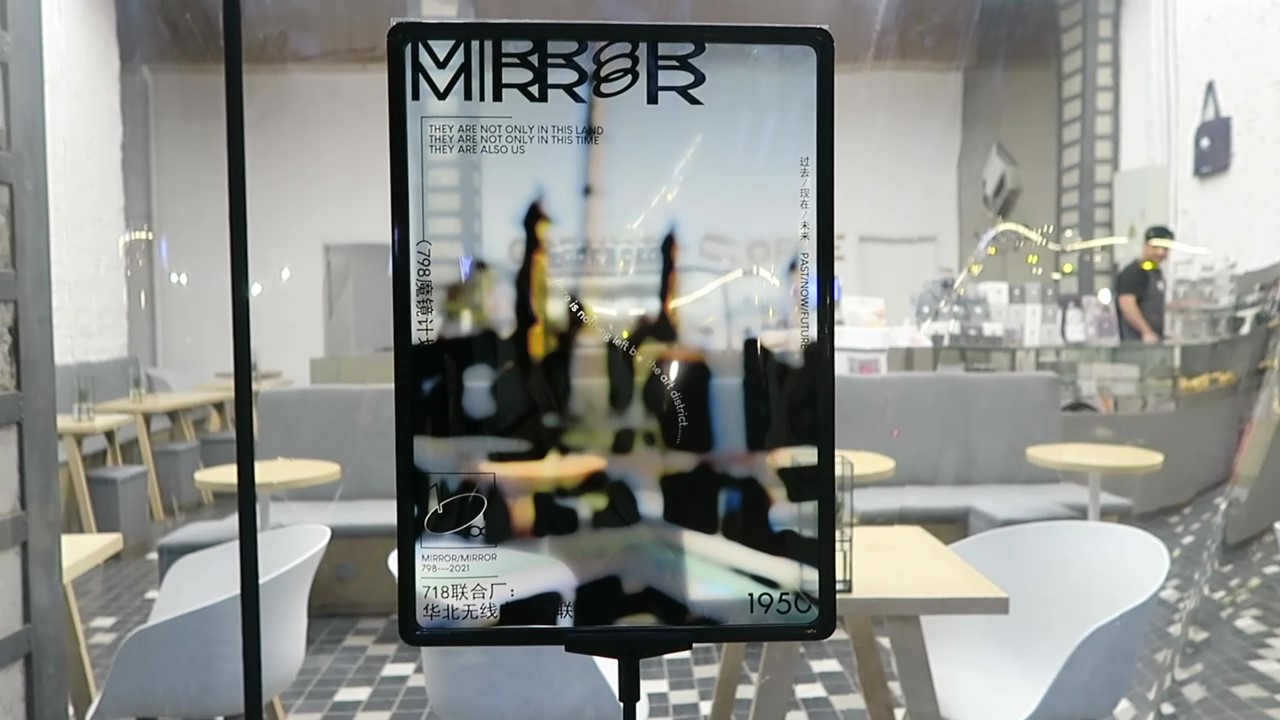Ever since its establishment, the 798 Art Zone has flourished into a renowned art district, both within China and beyond. Serving as a significant platform for Chinese artistic creation, it has attracted a plethora of talented artists, solidifying its status as a prominent landmark in Beijing. However, hidden just a stone's throw away from the art district lies a neighborhood called Dashanzi, which remains relatively unknown to the masses.
Dashanzi hosts the retired workers from the renowned 718 United Factory, which has since transformed into the 798 Art District. The 718 factory holds immense sentimental value for these individuals as it symbolizes the very essence of their youth, where they dedicated their entire lives.
I lived in a 30-year-old apartment opposite the 798 Art District for four months to thoroughly research the neighbourhood. During these days, I would chat with the elderly on benches in the sun to revive their memories, collect their stories, and hear their confusion about the development of the district. To share these valuable insights, I employed various mediums such as film, poster design, and workshops as my final outcome.

My inaugural creation takes the form of film. I transformed the scenes of the contemporary 798 Art Zone into a mesmerizing montage reminiscent of revolutionary-era videos, which I then presented on an antiquated television. My aim was to facilitate a deeper connection for younger generations, allowing them to discern the parallels between these two distinct eras.



 The second medium I explored was a TikTok filter. In comparison to videos, filters offer a more interactive experience, allowing users to engage and interpret it in their own unique way. Filters, as a medium, possess the power to effectively connect with young people while visually enhancing reality. The format itself optimizes the narrative and time frame, enabling the audience to transition from being mere "spectators" to active "participants," "performers," and ultimately, thoughtful "reflectors" throughout the participatory process. To further utilize my filter creation, I organized a street workshop in both Dashanzi and 798 art district.
The second medium I explored was a TikTok filter. In comparison to videos, filters offer a more interactive experience, allowing users to engage and interpret it in their own unique way. Filters, as a medium, possess the power to effectively connect with young people while visually enhancing reality. The format itself optimizes the narrative and time frame, enabling the audience to transition from being mere "spectators" to active "participants," "performers," and ultimately, thoughtful "reflectors" throughout the participatory process. To further utilize my filter creation, I organized a street workshop in both Dashanzi and 798 art district.





The final component of my project comprised a collection of posters, aiming to explore how graphic design can effectively narrate a story. I created two versions of the posters: an original rendition and another with the background image rendered at 29% transparency. With 71 years having elapsed since the factory's establishment in 1950, the 29% opacity evokes a profound sense of delicacy. Almost imperceptible, it mirrors the fading nature of collective memories, gradually dissipating into the realm of the unseen.